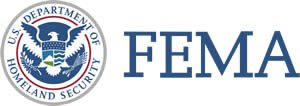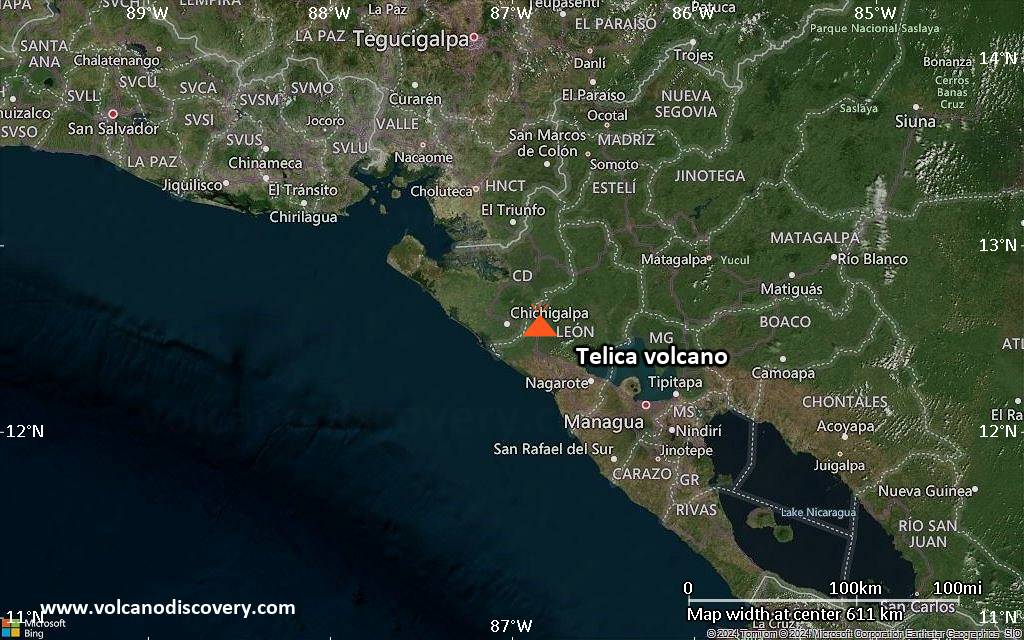RSS feed source: Federal Emergency Management Agency
WASHINGTON — Today, FEMA is making $40 million available to states and Tribal Nations under the Next Generation Warning System Grant Program (NGWSGP). This grant will identify capability gaps and implement solutions for alerts and warnings to deliver timely public emergency information to the public and to protect critical infrastructure.
As technology, cybersecurity threats and public preferences for consuming content continue to change, grant recipients will work with FEMA to explore available, flexible, innovative and forward-looking capabilities to disseminate IPAWS-compatible emergency alerts and warnings.
The grant will explore and embrace currently available and emerging technology with audio and visual capabilities across all platforms to enable interactive and actionable emergency communications to the public. These technologies include existing and new distribution pathways, including streaming services, sirens, giant-voice systems, satellites, internet-connected devices and other solutions.
This grant program focuses on enhancing alert and warning capabilities and improving the resiliency of IPAWS-compatible emergency alert and warning systems through effective services, solutions and technology to improve the timely delivery of public safety information. Grantees will coordinate and execute collaborative whole-community public warning field training, testing, exercises and evaluation to support the development of alert and warning governance, policies, plans and procedures while improving cross-jurisdictional coordination before, during and after incidents.
This announcement comes after a critical evaluation of all grant programs and recipients to root out waste, fraud and abuse and deliver accountability for the American taxpayer.
States and
Click this link to continue reading the article on the source website.


